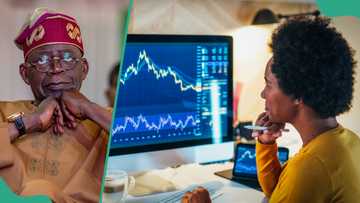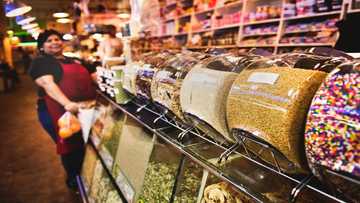Types of inflation: causes, reasons and examples
Living in today’s fast-growing world makes each moment a learning moment. And every modern person nowadays should specialise not only in fashion and art but also in other serious aspects of life — namely politics, economics, or for example, architecture. Thus, today we have decided to discuss the types of inflation and share all our findings with you. We hope that this informtion will be really helpful for your better understanding of world economics.
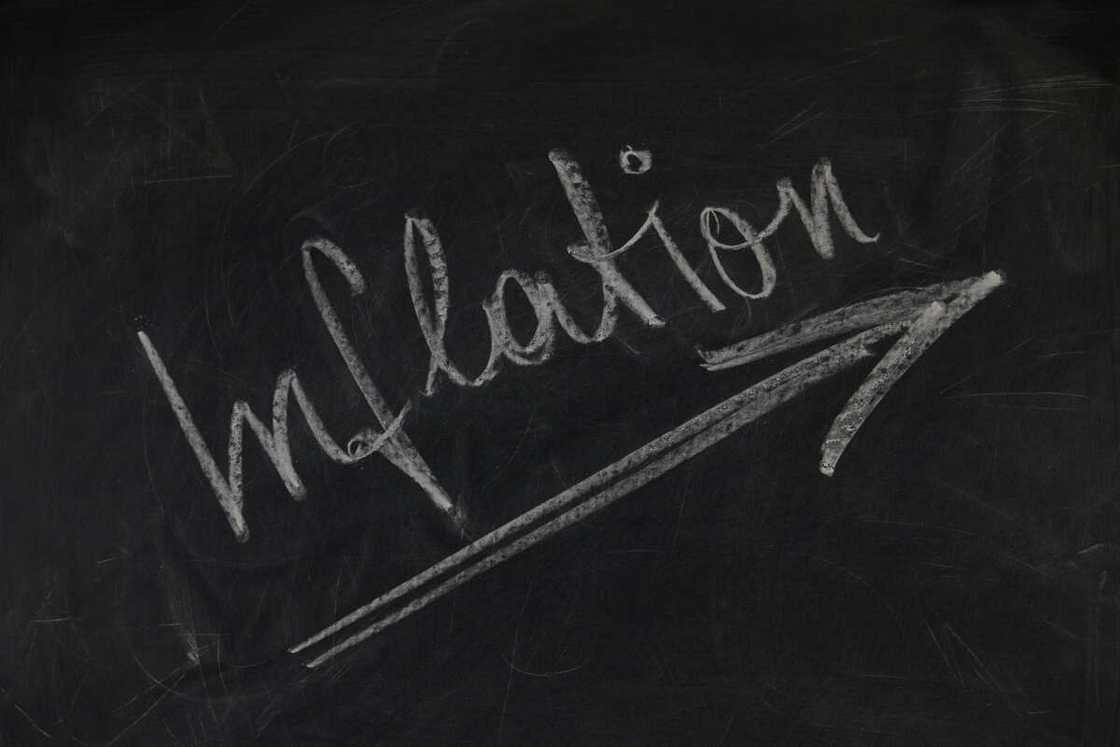
Source: Depositphotos
Before getting to know the types of inflation their causes and examples for better understanding, it is essential to speak about its meaning.
What is inflation?
Inflation is one of the most acute problems of modern economic development in many countries of the world, which adversely affects all society. Its nature and main causes are outlined in two directions mostly, where it is seen as a purely monetary phenomenon because of the money circulation violation. Or as a macroeconomic phenomenon with the social reproduction violation between the production and consumption, as well as the goods demand and supply.
Thus, let’s look at it precisely and discuss the main types of it.
READ ALSO: Highest currency in the world 2018 - Top 10
What are the main types of inflation?
All the types would be divided into five various groups and shortly explained. So, inflation can be according to:
1. The nature of manifestation:
- Open inflation develops freely and could not be restrained.
- Hidden inflation in which the state takes measures to sustain both the prices for goods and services and the incomes of the population.
2. The growth speed:
- Creeping or mild inflation - one that is gradually developing with the prices increased to a small extent (and does not exceed 10% per year). Such a rise with about 2-5% per year is not considered as a negative factor in developed Western countries. On the contrary, it is believed to stimulate the development of the economy with the necessary dynamism.
- Galloping inflation rises the prices up to 10% or more annually. It causes the production decline and trade reduction, as well as leads to the loss of investing. Moreover, it constrains the social accumulation process, and make the economic equilibrium imbalanced.
- Walking inflation reaches the amount of 3-10% a year. It is rather damaging for the economy since people become afraid of tomorrow’s possible prices rising and start buying much more goods they actually need. And thus, it makes prices become higher.
- Hyperinflation – is an example, when prices rise astronomically – by 50% monthly. It means a deep economic and social crisis in the country.
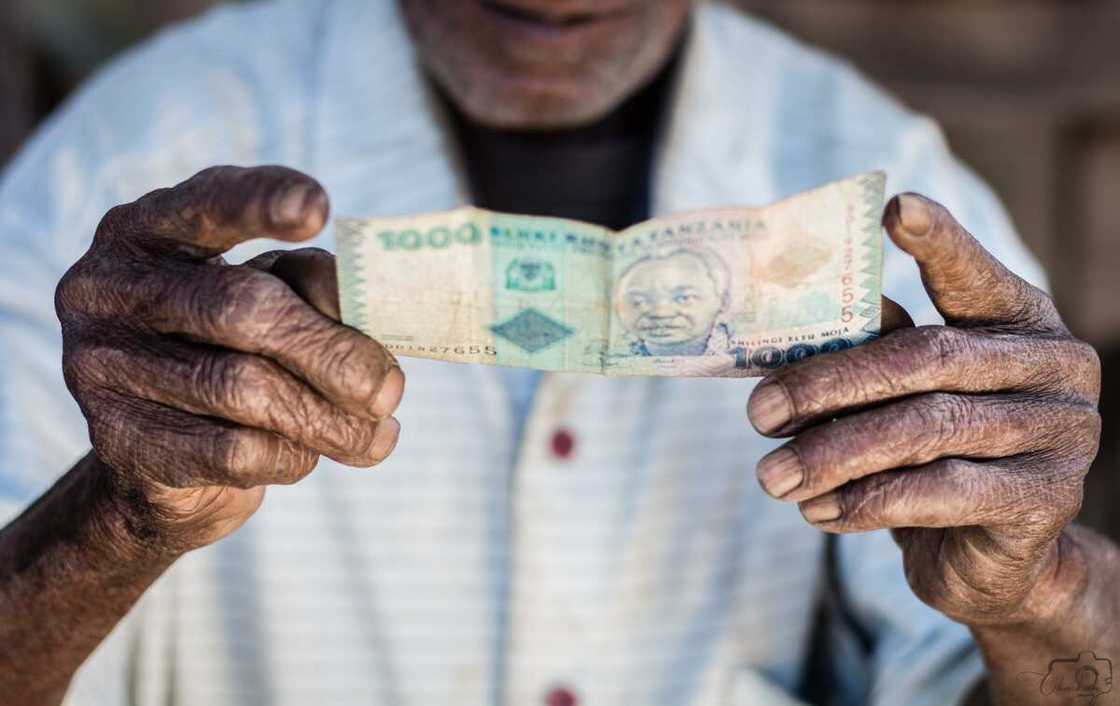
Source: Depositphotos
3. The growth rate of prices of goods:
- Balanced inflation – means the goods prices of different product groups do not change relative to each other. Prices are rising quite slowly for most goods and services at the same time.
- Unbalanced inflation – means the price ratio in different product groups varies with different percentages for each type of product.
4. The prediction degree:
- Expected inflation is usually moderate and can be predicted for any period. It is often caused as a result of the government's anti-inflationary actions.
- Unexpected inflation is characterized by a sudden prices spike for raw materials and capital goods mostly.
5. The predominant influence:
- Demand-pull which results in demand-supply imbalance caused mainly by an increase in government orders. It could be done in conditions of full employment and almost full capacity of production, as well as increasing the purchasing power of workers (wage growth). All this leads to the creation of surplus money in comparison with the number of goods, and, as a result, to higher prices. Thus, the excess of payment circulation creates a supply shortage, when producers can not respond adequately to the demand growth.
- Inflation costs are the prices increase as a result of costs increasing or the global supply reduction. The reasons for the expenses increase may be rising prices for raw materials, energy, wage increases, state economic and financial policies, etc. As a result, the aggregate supply of goods and services decreases, and thus the prices are rising.
- Stagflation is accompanied by stagnating production and simultaneously increasing price and unemployment level.
Now, when you know all the main types of inflation, let’s proceed to discuss the causes and reasons for their occurrence.
What are the causes of inflation?
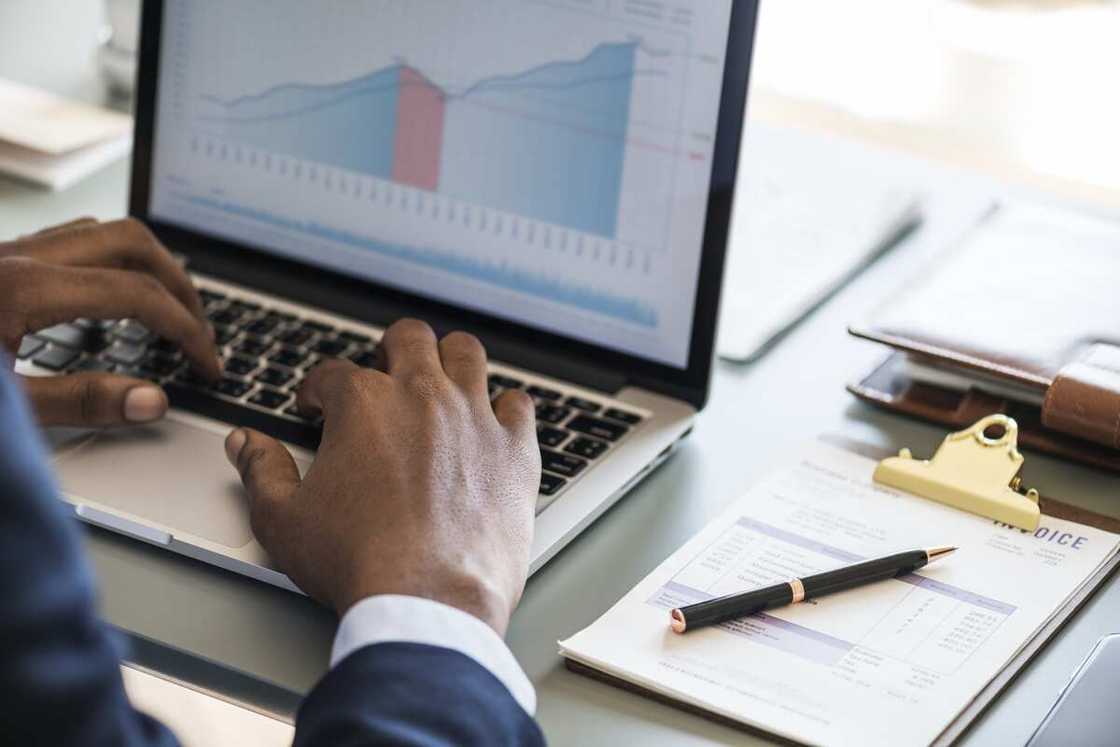
Source: Depositphotos
If you are interested in the main causes of it, then be attentive and read them all here now!
The causes and reasons are the following:
- the violation of reproduction proportions between the production and consumption, accumulation and consumption, demand-supply, money supply, and the commodity prices;
- the significant growth of the state budget deficit and public debt caused by unproductive state expenditures;
- the excessive issue of paper money that violates the laws of money circulation;
- the economy militarisation, which diverts a significant part of the resources into the defense industry, and thus decreases the consumer goods production, and creates its shortage;
- the increase of the tax burden on commodity producers;
- the outstrip of wage growth rate compared to the labour-productivity growth rate.
These were examples of internal inflation factors. However, there are still other external inflation factors that are related to the strengthening of economic ties internationalisation between the states, accompanied by the stiff competition in the global capital markets, goods and services, labor force, deterioration of international monetary system , with structural world crises (energy, commodities, financial and etc.).
What examples of inflation do you know?
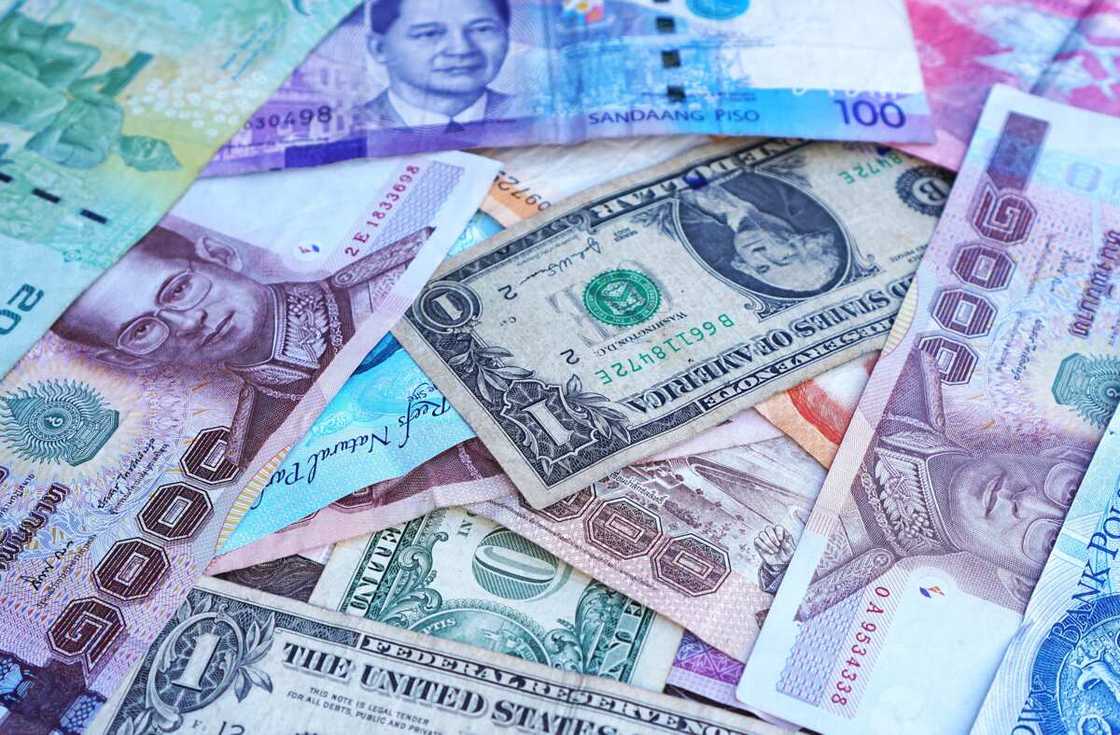
Source: Depositphotos
Here we will write about the latest four famous world inflation examples according to telegraph.co.uk
Argentina (the 1980s)
The 1980s were the years with the average annual inflation 750pc and its highest point at 4,924pc in December 1989. It was caused by the government budget deficit and resulted in high inflation.
The Federal Republic of Yugoslavia (from 1993 to 1994)
January 1994 is known for the inflation rate reached the highest point 331,000,000pc at that time with the largest banknote valued 500bn dinars.
Japan (from 1998 to 2005)
Japan is known to overcome the "Lost Decade" period during the 1990s when the country was stuck in the large economy debt. In 1998, prices started falling down, and by 2005, they reached the point by more than 4pc.
Zimbabwe (from 2006 to 2008)
In December 2007, the highest world inflation was fixed in Zimbabwe. It was 66,212, and the highest denomination banknote valued 10 trillion Zimbabwe dollars.
We hope all the gathered information about types of inflation, its causes and most famous examples was interesting and worth reading it.
READ ALSO: Causes of underdevelopment in Nigeria, effects & solutions
Source: Legit.ng


